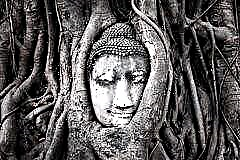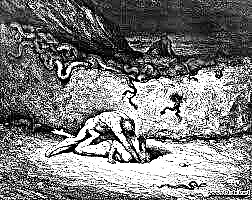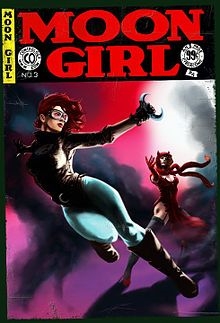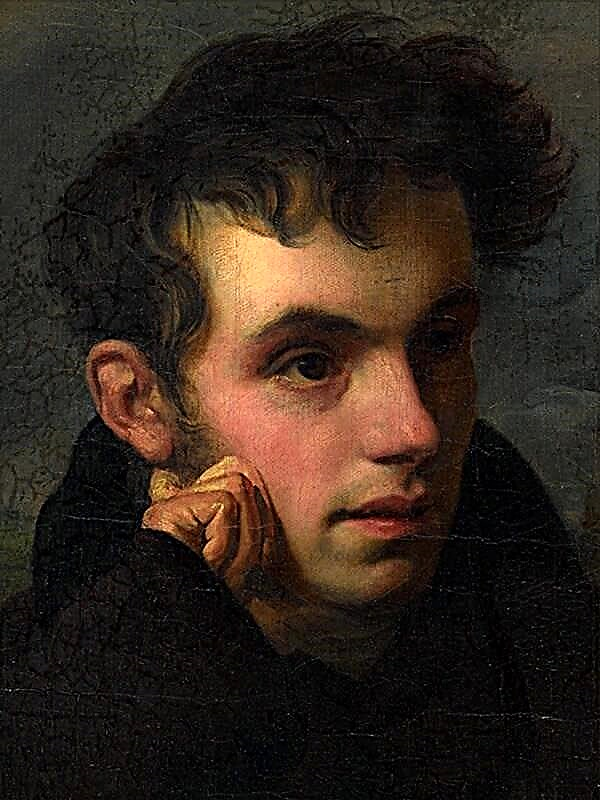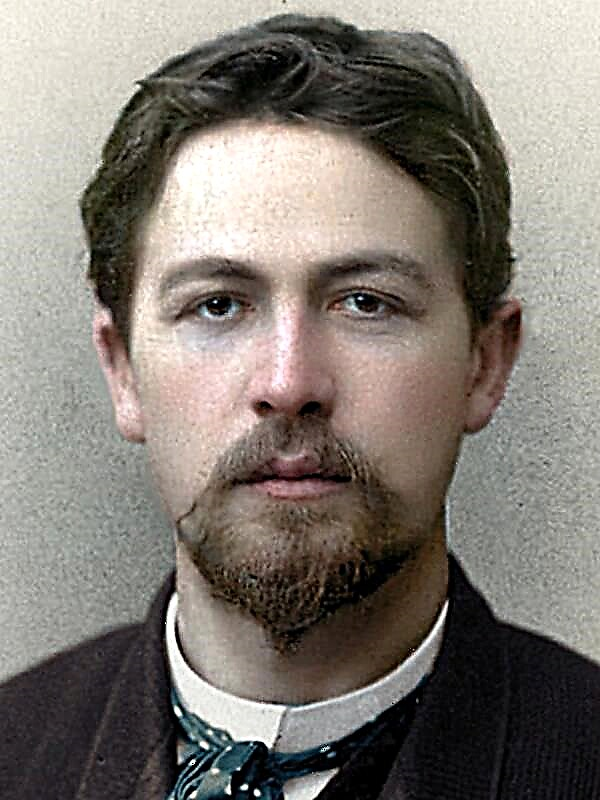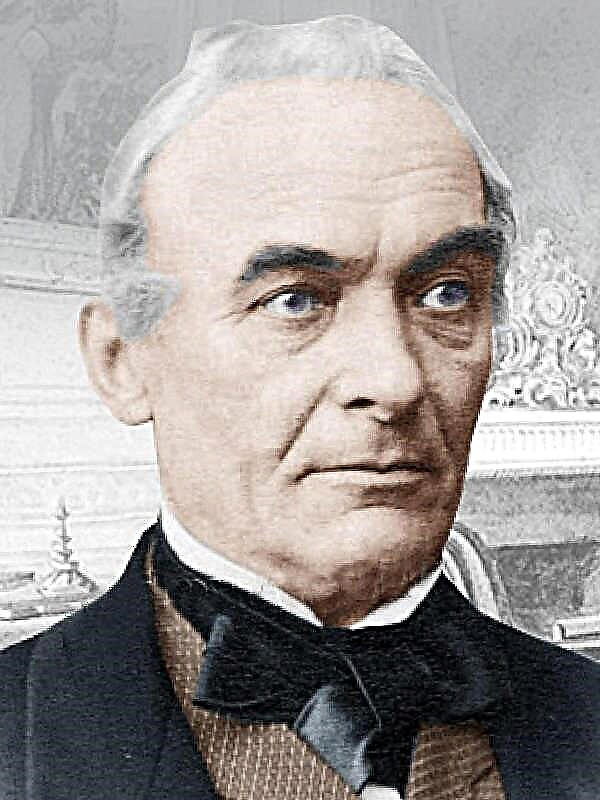The hometown of Osip Mandelstam is Warsaw. The poet traveled a lot around the world, studied abroad, but his favorite place was the city of childhood Petersburg. He dreamed of returning to Leningrad, and in the late 1920s his wish came true. But what did the author see? Communal apartments instead of mansions, a motley crowd on the embankments instead of leisurely young ladies in fluffy skirts. The city has changed not only externally. And the people in him are different now. Someone is horrified, someone is always in pursuit of wealth. I would like to return the old time ...
History of creation
Mandelstam wrote the poem “Leningrad” after returning to Petersburg from departure. The year 1930 came - the next year of the triumph of the socialist system. Only a few friends of the poet continued to honestly talk about their inclinations and views. But he was not afraid of the prospect of reprisal, he despised the clouds, gathering over himself.
Most people have become suspicious. Those who did not share the generally accepted point of view, imperceptibly disappeared. So the city of childhood became a stranger to the poet. Mandelstam expressed his feelings in a poem and once again brought disaster upon himself. His work seriously excited government officials who wanted to adjust art to ideological standards. It was difficult to publish the work, but Leningrad still appeared on the pages of Literaturnaya Gazeta in 1931.
Size, genre, direction
The size of Leningrad is a four-foot anapaest. The poem is written in a lyrical genre: these are both memories of the past and bitter thoughts about the future. The narration is conducted on behalf of the narrator. He turns to the city with a monologue.
Leningrad seems familiar and unfamiliar to the author at the same time. Mandelstam cannot find his place in the past or in the future. That is why the work is considered lyrical. Since all the images and symbols are expressed in a straightforward and concrete way, this poem, like many of the poet’s works, belongs to the modernist movement “acmeism”.
Images and Symbols
The key image of Leningrad is the city itself, as if alive. For the author, he retained the old name - Petersburg. Somewhere in the alleys still hear the voices of the dead, and at the old addresses you can find symbols of the past. Empty apartments where laughter once sounded and conversations were held on the topic of literature. The city is gloomy and inhospitable, in the evenings only “fish oil” of river lanterns dissipates the darkness.
Petersburg is represented as if in two images. One is the same, familiar, city of childhood. The other is a place where everyone lives in constant fear. The hero in the closet under the stairs is waiting for “dear guests”, that is, those who come to arrest him under cover of night.
Subject and problems
Mandelstam tells readers how quickly the world can change - so much so that even a “familiar to tears” city will become inhospitable. And this is not only because the old system is being replaced by a new one. People, impressions, nature of conversations are changing ... Old times can now be resurrected only in memories. Therefore, the main theme of the poem is nostalgia for a free and smiling past, which has been replaced by sometimes formidable and dangerous. Patriotic motives are also felt, because the author still loves his Petersburg and does not want to leave it, despite the threat of falling under the wave of detentions.
The author is trying to get away from the present, clinging to the past. He is crowded in the new world. Door chains resemble shackles, the doorbell is an alarm bell, in which they sound the alarm. Mandelstam foresees the future: soon he will be in the NKVD - though in Moscow. Therefore, the main problem posed in the work is the rejection of the repressive policies of the new state and a constant sense of danger. Political problems are supplemented by moral and social issues: people change with the situation, inform each other, hide and can do anything to escape the fate of those arrested and ruined daredevils who dare to rebel against tyranny.
Meaning
Everyone can see different meanings in the poem. For some, this is the cry of the soul of a tormented person, for someone it is a description of two diametrically opposite worlds, meaning a temporary turning point. Both are correct. The poet shows that the revolution, calling for freedom, turned into a tyranny, the equal of which Russia did not know. If earlier he supported changes, enthusiastically met them, now he sees how wrong he was. The natural life of his city, like that of the whole country, should not have been disturbed by the coup. Changes were supposed to be gradual, as in nature, but what happened as a result of artificial intervention cannot be called freedom, fraternity and equality. This is the main idea of the poem.
It seems probable that for the author the poem became an opportunity to confess his love to the city of childhood and express his feelings. The main idea is a peculiar appeal to descendants: to preserve the heritage of the past.
Means of artistic expression
The author uses a large number of epithets to emphasize the “foreignness” of the city: Leningrad is now “black”, “sinister”. The impression is enhanced by metaphors - the light of lanterns is compared with fish oil, night darkness - with an ominous tar. Metaphors are becoming more rigid: “chains shackles”, “bell torn with meat”.
The poem also traces the antithesis: the opposition of the old to the new, the past and the future. Leningrad leaves a strong impression on readers.

